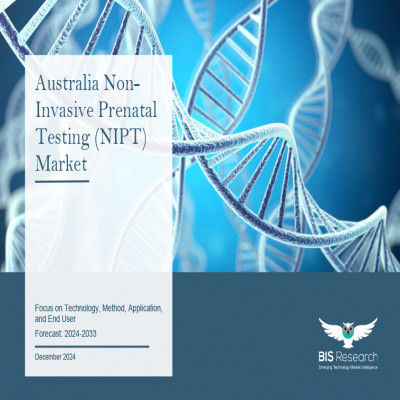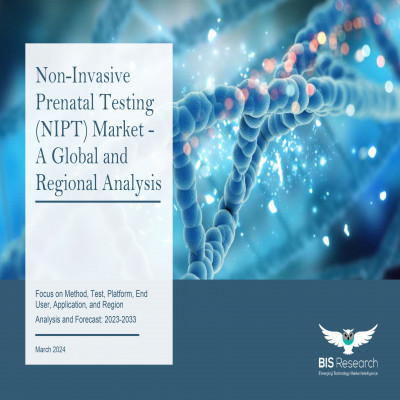A quick peek into the report
Cell-Free DNA Isolation and Extraction Market - A Global and Regional Analysis
Focus on Product, Platform, Techniques, Application, End User, and Region - Analysis and Forecast, 2025-2035
Frequently Asked Questions
The global cell-free DNA isolation and extraction market was valued at approximately USD $XX billion in 2024 and is projected to reach USD $XX billion by 2035, exhibiting a compound annual growth rate (CAGR) of approximately 12% from 2025 to 2035.
The global cell-free DNA isolation and extraction market is led by key players such as Thermo Fisher Scientific, QIAGEN, Danaher Corporation, Agilent Technologies, and Roche, among others. These companies dominate the space through extensive R&D, advanced assay technologies, and strong global distribution networks. Agilent, for instance, is known for its innovations in assay sensitivity and reproducibility. While specific market share figures are not widely disclosed, these companies collectively hold a significant portion of the market, driving its growth through product innovation, strategic partnerships, and acquisitions.
Drivers:
• The increasing use of liquid biopsies in areas like cancer detection, prenatal screening, and transplant monitoring is significantly boosting the demand for cfDNA extraction technologies.
• The global increase in cancer cases is driving the demand for early diagnostic tools, with cfDNA emerging as a key component in detecting tumor-specific genetic mutations.
• Improvements in the sensitivity, specificity, and throughput of cfDNA isolation kits are enhancing diagnostic accuracy, leading to greater adoption across clinical and research applications
• Rising investments in personalized medicine and genomic profiling are driving the need for high-quality cfDNA extraction solutions to support advanced diagnostic and therapeutic applications.
• Leading companies are actively investing in R&D, partnerships, and acquisitions to expand their cfDNA product portfolios and strengthen global market presence
Trends:
• The use of automated platforms and AI-driven processes is enhancing the efficiency, accuracy, and consistency of cfDNA isolation, streamlining laboratory workflows.
• Innovative microfluidic systems are making cfDNA extraction faster and more scalable, particularly benefiting point-of-care applications with compact and efficient solutions
• Liquid biopsy is gaining widespread acceptance in oncology and prenatal diagnostics, leading to more frequent use of cfDNA-based tests in routine clinical practice.
• Key industry players are actively pursuing collaborations and acquisitions to broaden their cfDNA product offerings and strengthen their position in the global market.
• The high price of sophisticated cfDNA isolation kits and equipment restricts their accessibility, particularly for smaller laboratories and research facilities with limited budgets.
• cfDNA extraction demands skilled handling and precision, with inconsistencies in sample quality or extraction techniques potentially impacting the accuracy and reliability of downstream analyses.
• Increasing research and clinical focus on utilizing cfDNA for the early diagnosis of cancer, cardiovascular conditions, and neurodegenerative disorders is unlocking substantial market opportunities.
• Rising healthcare investments and the expanding use of molecular diagnostics in countries such as India, China, and Brazil are opening up significant untapped growth opportunities for the cfDNA market
• Integrating cfDNA analysis with other omics data and AI-powered interpretation platforms is enhancing the depth and accuracy of diagnostic and prognostic insights.
• As precision medicine progresses and liquid biopsy gains traction as a standard diagnostic tool, the need for dependable cfDNA extraction methods is expected to grow steadily.


